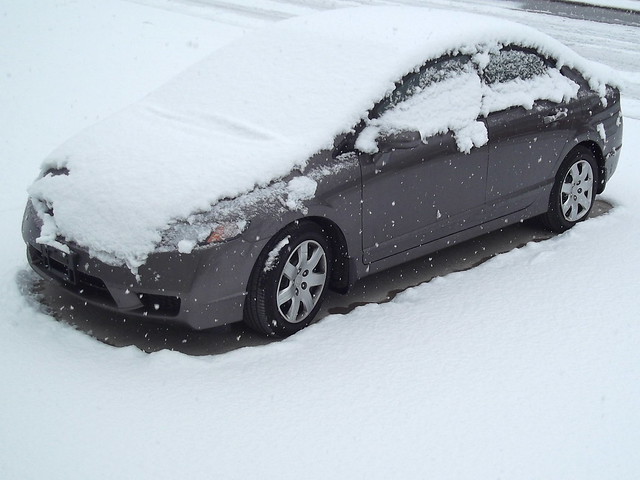If you are a good and careful driver, you will want to be sure that you are doing the best for your vehicle no matter what the season is.
In summer, checking your tyres are properly inflated and visually checked every so often is usually enough, but is it very different in winter? Yes and no. Some tasks are the same: such as checking the pressure, but there are some differences – for example, tyre pressure should be slightly higher than usual (by about 0.2 of a bar) to account for the chilling effect of cold weather on the tyres and the air within them.
Winter Tyres
If you are going to face temperatures of less than 7°C then you should consider switching to winter tyres which work at optimum in temperatures below this. They are also designed to work especially well with snow, so if London is due to receive some snow or a lengthy cold snap, as can happen from time to time, then you should book your car tyres in London from Iverson Tyres as soon as possible to be sure of being safe on the roads.
Stay Even
If you do switch to winter tyres, it is best to have all four tyres be of the same type – having winter tyres on the front or back of the vehicle (whichever tyres are powered) can make it hard to control the vehicle and come to a safe and prompt stop when required. Having the winter tyres on the non-powered tyres is inadvisable as this can mean that you get into difficulties trying to power over slippery roads and surfaces.
Pressure Up
When it comes to increasing the pressure in the tyres, do not put more air into a cold tyre. The best way to achieve the best effects is to drive as normal for about thirty minutes or so, which allows the tyres to warm up to a winter driving temperature – it is at this point the additional 0.2mb should be added if necessary. The tyres should be checked in this way, all through the winter, at least once a month, and immediately – or as soon as possible – following a bump or any kind of excessive impact.
Tread Depth
The legal limit for tread depth is a mere 1.6mm, but in winter, especially using winter tyres, it is strongly recommended that you ensure that you have at least 4mm of tread depth for the best possible performance on poor roads.
Whatever solution you require for your winter driving – winter tyres or summer ones with occasional chains as needed, ensure that you listen to professional expertise on the matter. It is far better to be safe than sorry when driving friends and family about in cold weather.




















